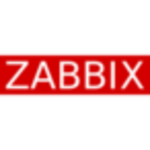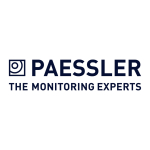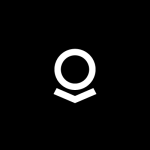The primary use case is to monitor our applications and get a handle on any issues ahead of time, such as memory leaks, complete utilization of CPU, and the need to spin up a new server. Being able to know all of these things ahead of time and act on them is a primary requirement. And once an application is placed on top of that, we would also like to monitor what's happening with the application
The solution is doing great.
The key benefits it offers us are that it helps us know the infrastructure and performance issues, as well as if a customer is experiencing latency issues. It helps us know about them ahead of time so we can act on them, proactively, and improve the customer experience. That's important for us as we transform ourselves and call ourselves a digital company.
Being able to install it on-prem and monitor our on-prem infrastructure is important for us. We are in the process of migrating to cloud, but most of our infrastructure is on-prem. We have highly scalable systems and AppDynamics will help us monitor our load on-prem. Our systems range from simple to the most complex and it gives us the visibility across transactions, in one dashboard.
I would like to be able to monitor both cloud an on-prem infrastructures, displayed in one dashboard.
I would also like more flexible pricing: A pay-per-use model, rather than just a fixed-price model.
More than five years.
I'm not aware of any stability issues. We have deployed it in MEA, a few countries in Asia, and in the US. I haven't heard negative comments. People are happy.
We do use their technical support and they are very responsive.
In terms of advice, I would ask you to have criteria. Most of the time there will be some general aspects that are pretty common, that are covered by the various third-parties that provide industry ratings. But within that, you have to have customization of the features to match to your own infrastructure, the technical stack you have: mainframes, ICDs, modern platforms, cloud, etc. You need to compare the tools that work with your technical stack.
The most important criteria, for me, when selecting a vendor are
- flexible pricing
- full coverage of monitoring of our technical stack, both on-cloud and on-prem
- customer service.
I would rate this solution at eight out of 10. I took away the two points for the two reasons I mentioned: being able to monitor both cloud and on-prem with a single dashboard and flexible pricing.

















